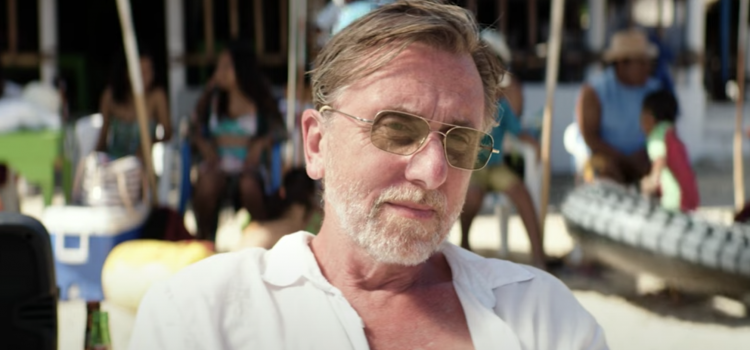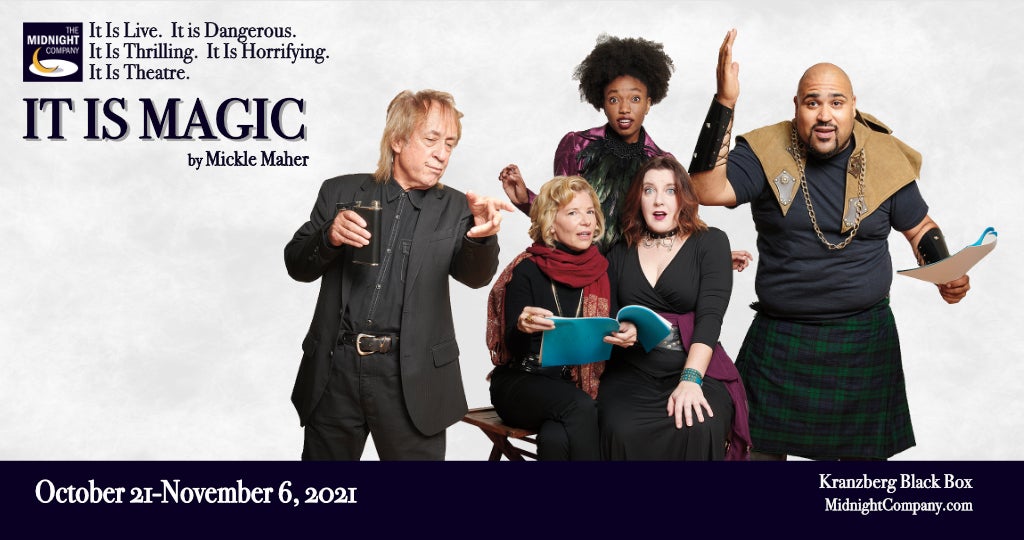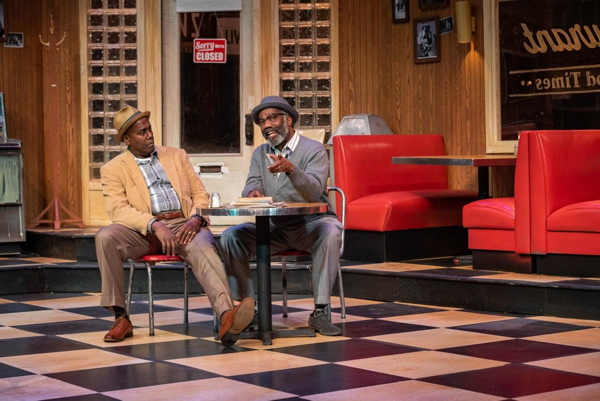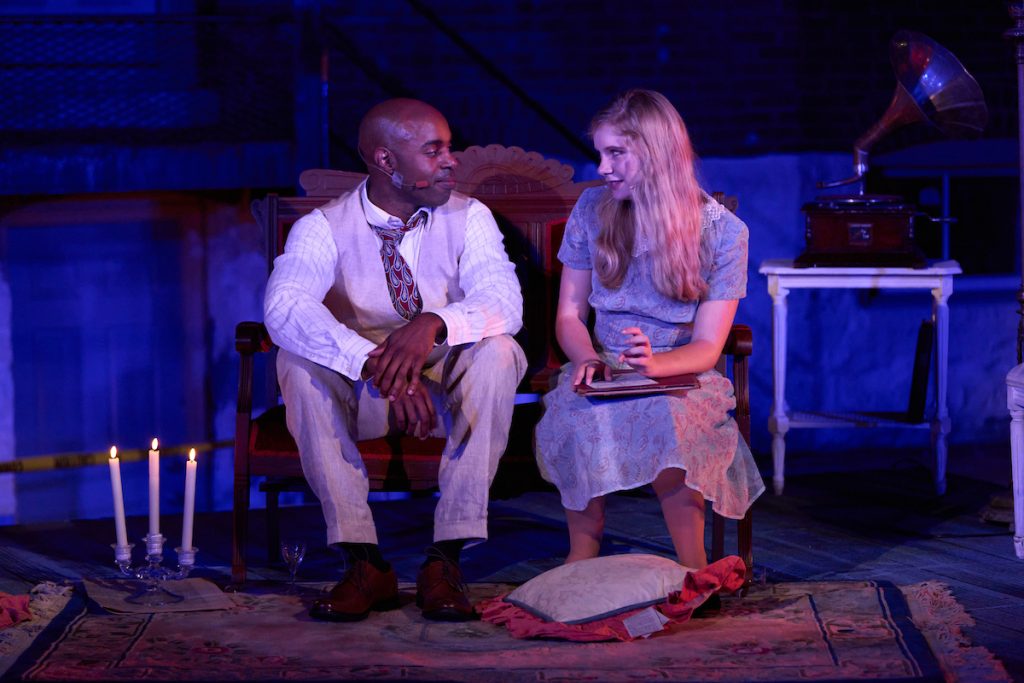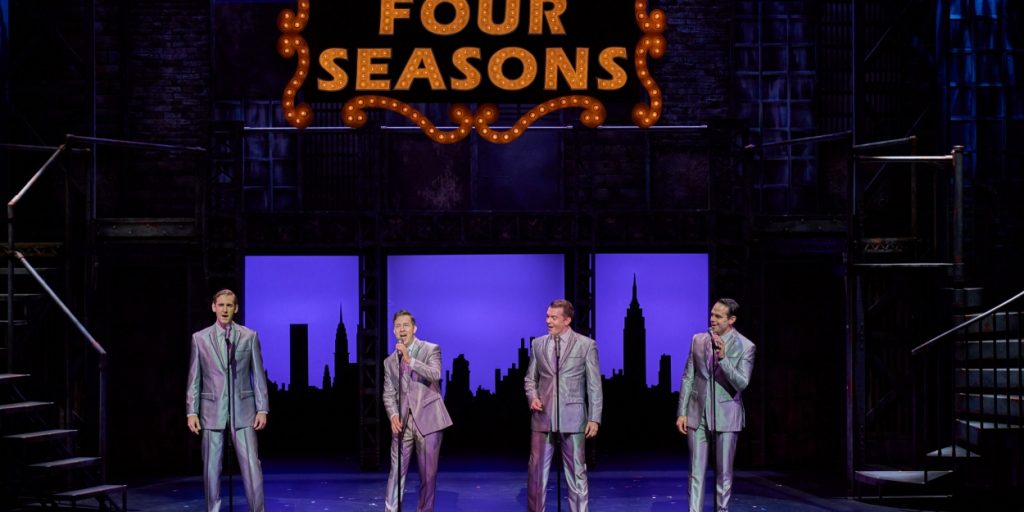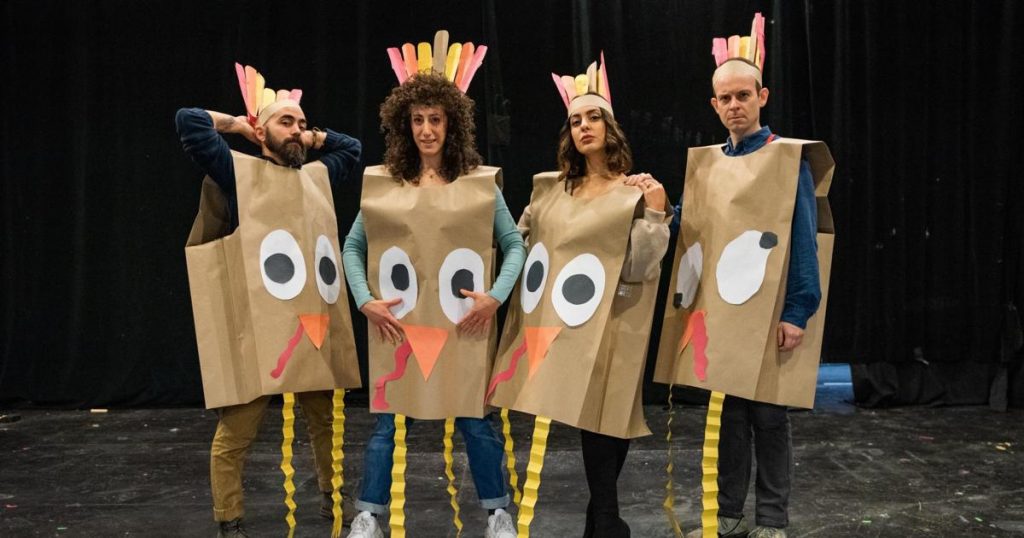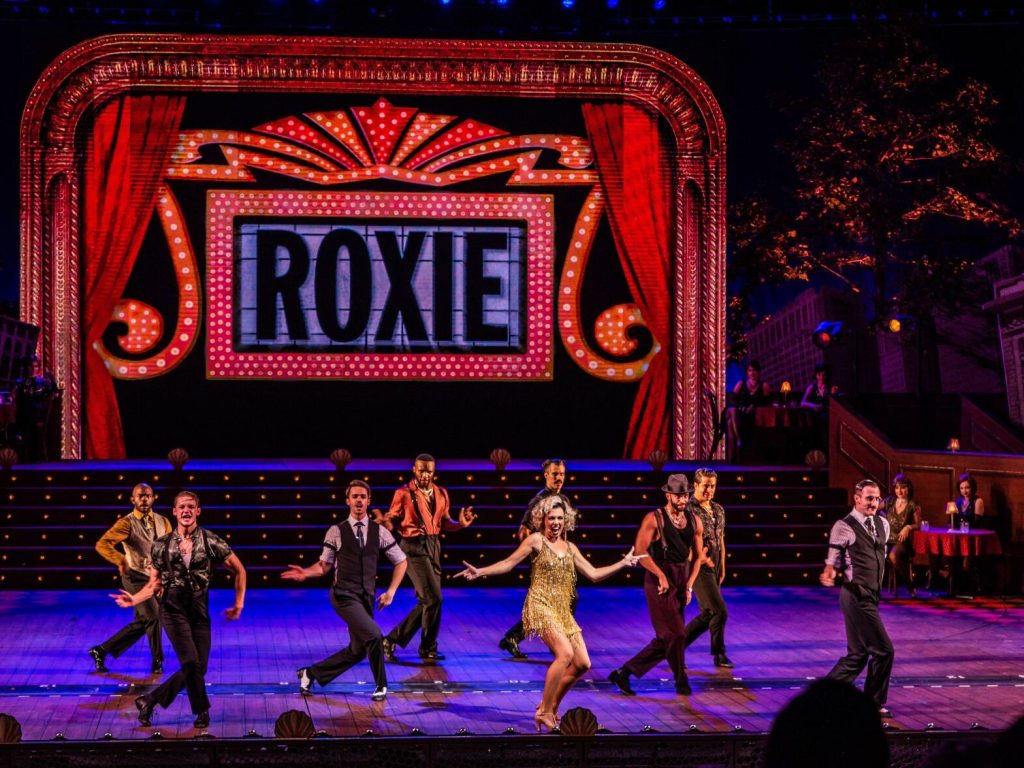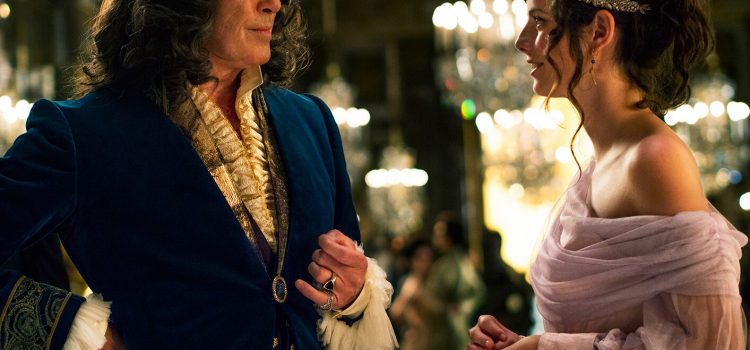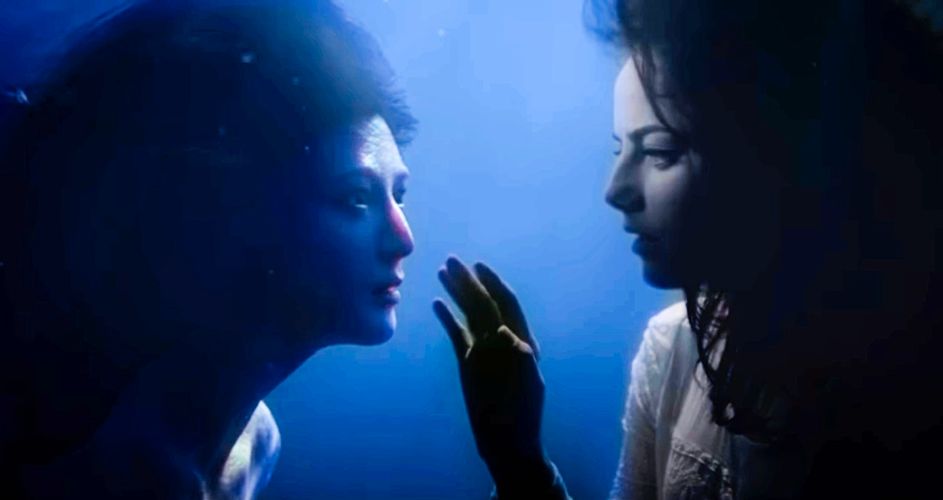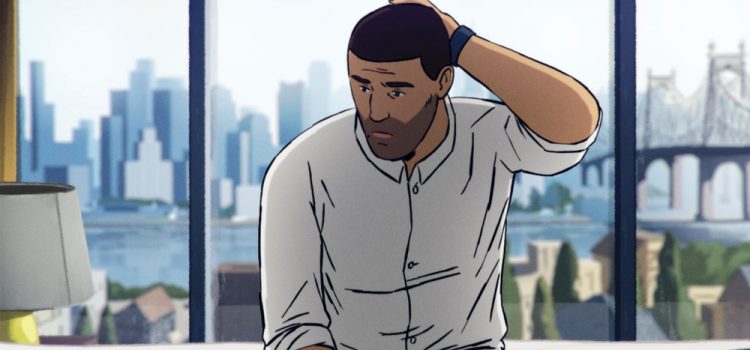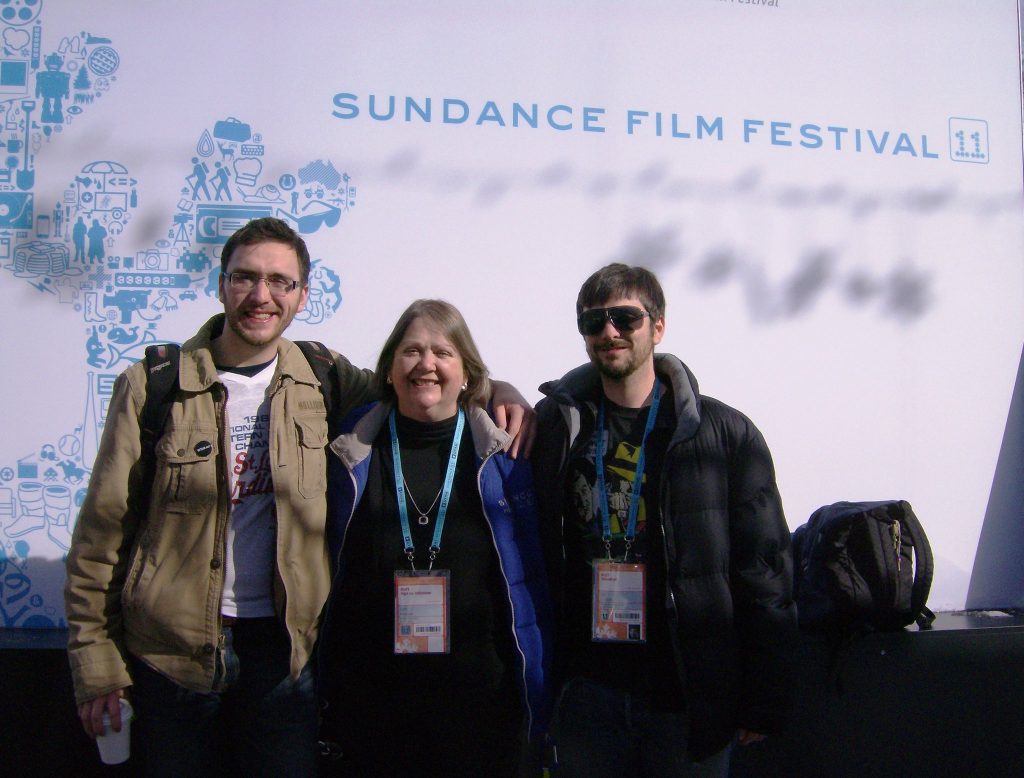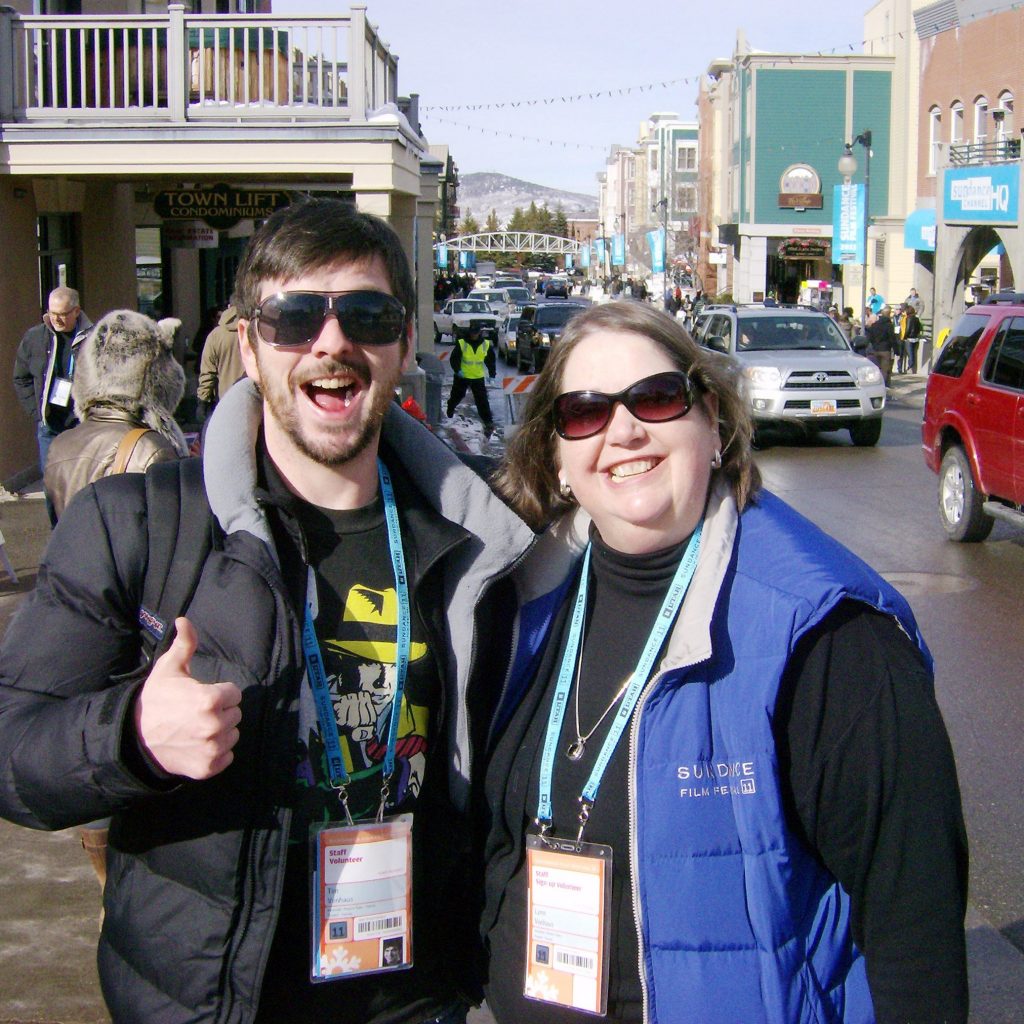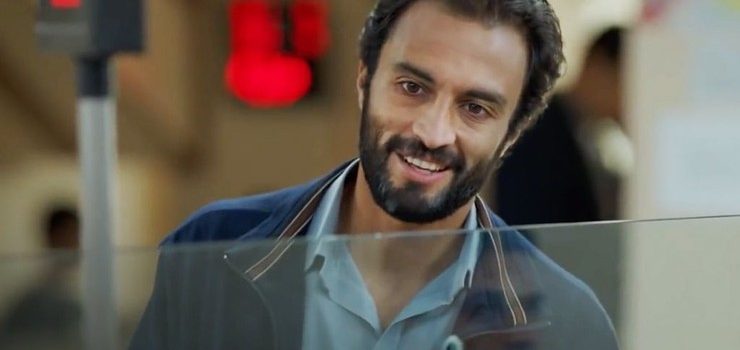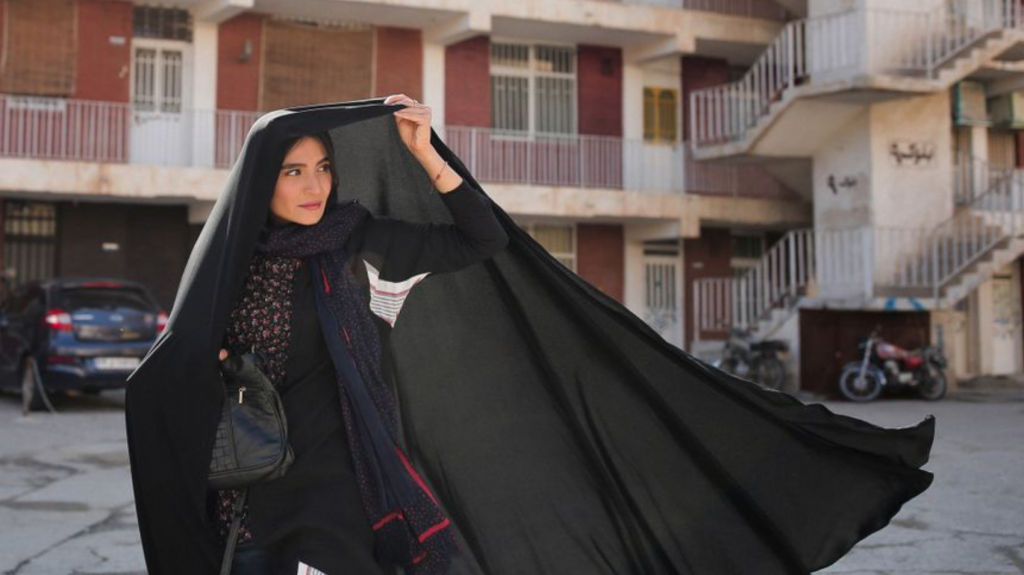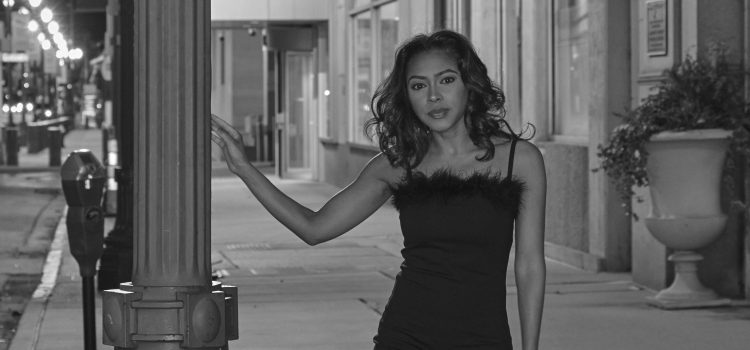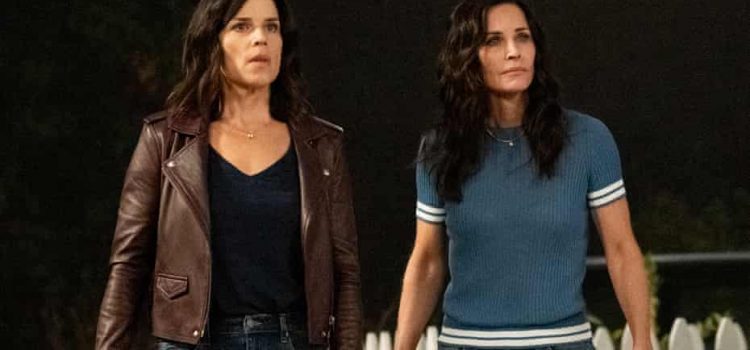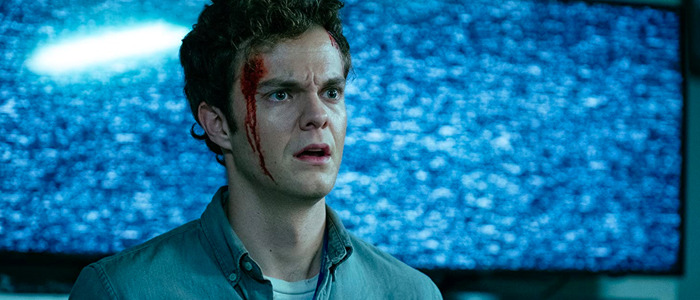By Alex McPherson
A brooding drama that leaves much to the imagination, what Michel Franco’s “Sundown” lacks in satisfying resolution it nearly makes up for with thematic depth.
The film centers around a wealthy, happy-enough British family vacationing at a lavish resort in Acapulco, Mexico. Neil (Tim Roth) accompanies Alice (Charlotte Gainsbourg) and children Colin and Alexa (Samuel Bottomley and Albertine Kotting McMillan), but something gnaws away at Neil’s psyche from the get-go.
.While Alice, Colin, and Alexa enjoy themselves, Neil lazes about sans happiness, looking emptily into the vast ocean stretching before him as waves lap against his feet. The juxtaposition between him and Alice — whose connection to him isn’t revealed until much later on — is severe, with Neil’s emotional emptiness contrasting her stressed, high-strung demeanor. When her mother dies suddenly, Alice insists on flying back home with the kids.
Neil falsely claims that he’s lost his passport and stays behind in Acapulco, with no intention of leaving. As the days pass by and Alice grows increasingly suspicious, Neil downs a ridiculous amount of alcohol, lounges about on the beach, and starts a relationship with a local shop owner, Berenice (Iazua Larios).
He largely avoids the responsibilities stemming from his previous way of life, remaining a nearly mute individual who resembles more of a husk than a flesh-and-blood human being. He exists in a self-imposed purgatory where violence could strike at any moment. The blazing sun beams down upon him both like a spotlight he can’t avoid and as a skin-peeling balm for his bleak secrets, most of which are left concealed until the final act.
In absolutely no hurry to provide answers to its many questions, “Sundown” is a beguiling, off-putting film — capturing Acapulco as somewhere on a precipice between peace and disorder, life and death, and a man who chooses to do nothing but let the winds of fate do what they may. Indeed, Franco’s detached approach to the material keeps viewers at arm’s length from all the characters, leaving us to ponder why on earth Neil acts the way he does.
This ambiguity is refreshing, to an extent, as the film proves to be an ultimately fascinating look at guilt, responsibility, and socio-economic conflicts — with a stellar performance from Roth, who imbues every glance and slight facial expression with meaning.
Cinematographer Yves Cape depicts the film’s subjects at an icy remove, often framing them in wide shots that effectively illustrate Neil’s failed attempts to dissolve into his surroundings, into obscurity. With minimal dialogue — Neil is not only socially incompetent but also a poor Spanish speaker — “Sundown” spends much of its runtime watching him sleepwalk through his bustling, brightly lit environment, awkwardly intermingling with locals as he stays at a seedy beachside hotel.
Fortunately, “Sundown” has more on its mind than simply showing a privileged White man wallowing in self-pity. For as much as Neil attempts to do very little, the inhabitants of Acapulco beg to differ. Moments of brutality strike in moments of supposed comfort, underscoring both the endemic violence Neil has previously shielded himself from, and perhaps an acceptance that his own death will come swiftly — his economic status paints a huge target on his back.
There’s also some tragicomedy to be found in how Neil’s reluctance to acknowledge his past only drags those “close” to him in danger, rather than himself, as he likely intends.
With a slow-burn approach during its 83-minute runtime — which ends up feeling about twice as long, for better and worse — “Sundown” sustains interest through its unnerving atmosphere and strong performances, especially Roth’s. It’s impressive how much intrigue Roth brings to the role despite its disengaged minimalism, his intentional coldness almost seeming ghostlike.
Gainsbourg, on the opposite side of the spectrum, brings a frantic, exasperated energy to her few appearances, and Larios lends Berenice depth that belies her initial surface-level characterization.
Disappointingly, when some answers arrive later on, and Franco opts for a more, well, hallucinatory approach to Neil’s inner conflicts, “Sundown” is neither as biting nor as poignant as it should have been. Revelations about Neil’s character revert to seen-it-before convention, missing an opportunity to explore more of the class guilt that drives his perspective on life.
Franco’s “Sundown” is definitely an acquired taste, failing to stitch together its narrative threads in rewarding fashion. Nihilistic, at times shocking and dryly comedic, this is still a fascinating piece of work that lingers in the mind long after the credits roll.
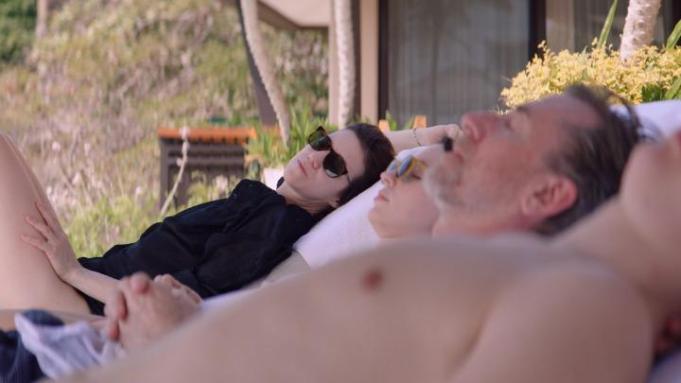
“Sundown” is a 2021 drama directed by Michel Franco. Starring Tim Roth, Charlotte Gainsbourg, Iazua Lario, Samuel Bottomley and Albertine Kotting McMillan Rated: R for sexual content, violence, language and some graphic nudity. In select theaters Feb. 3. Alex’s Grade: B.

